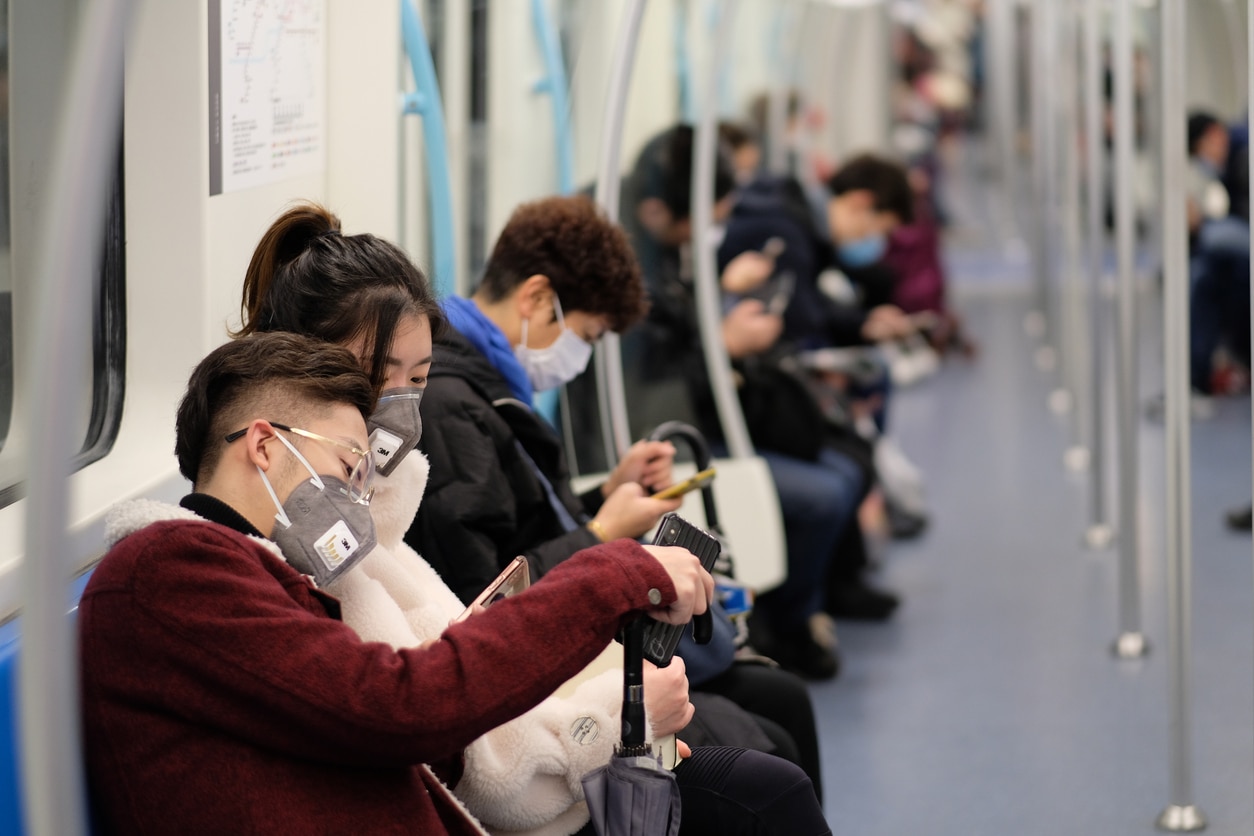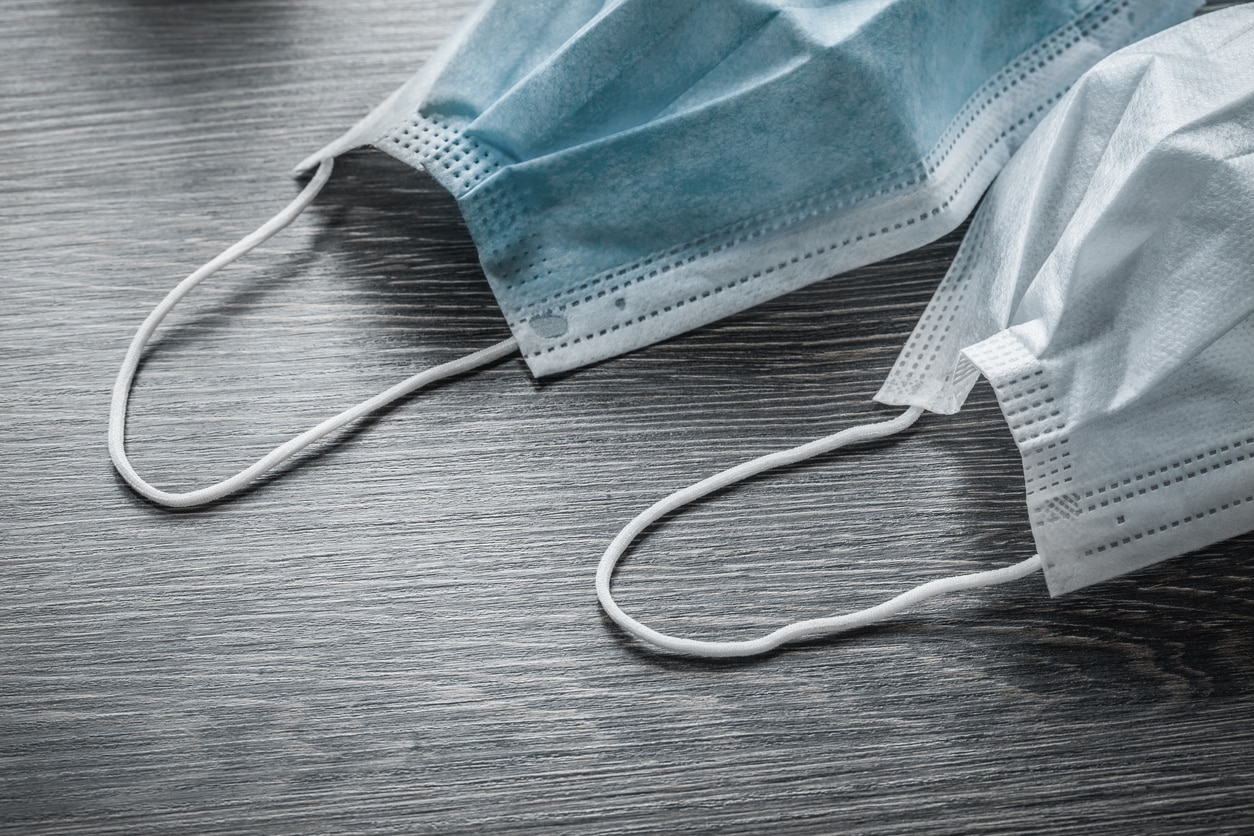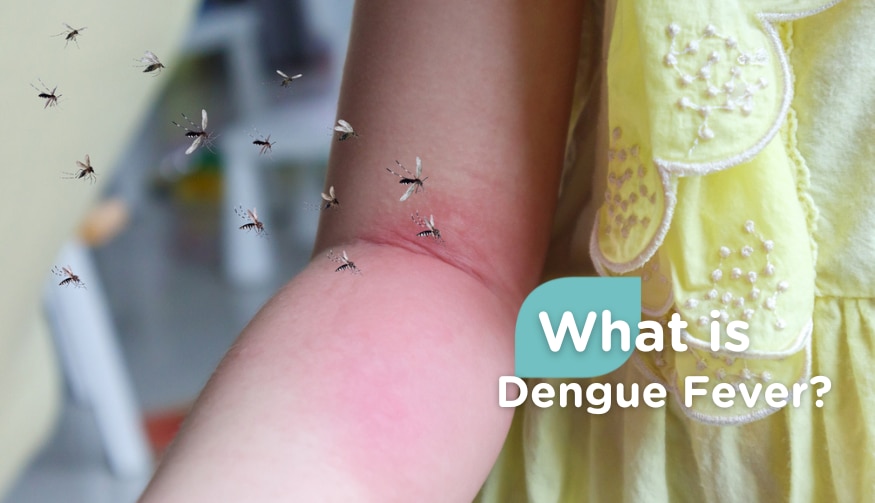Can wearing a surgical mask protect you? And what does BFE, PFE, VPE, ASTM, KF, EN14683 mean? Before diving into what types of masks you should buy, let’s first take a look at how surgical mask works.

Can wearing a surgical mask protect you?
Studies have shown that wearing a surgical mask / n95 respirators can potentially prevent us from getting infected by respiratory viruses, such as influenza. The disposable surgical masks block fluids or large particle droplets from entering your mouth and nose.
The surgical masks are generally made up of 3 to 4 layers, including:
1. The outer layer that’s water-repellent;
2. The middle layer that filters bacteria; and
3. The inner layer that absorbs moisture

How to choose a good mask?
Surgical masks are subject to different standards and regulations depending on the country. Look for masks that are approved and verified by international regulatory authorities, which have respective certification codes on the packaging, most commonly the BFE/ PFE/ VFE of ASTM from the United States, KF mask grade of Korea, and the European standard EN14683.
1. BFE/ PFE/ VFE
ASTM stands for American Society for Testing and Materials, it specifies the testing criteria for masks using the BFE (Bacterial Filtration Efficiency), PFE (Particle Filtration Efficiency) and VFE (Virus Filtration Efficiency) method.
Testing Method
Size of Particles
BFE
Bacteria Filtration Efficiency
– using viable particles (live bacteria) for testing
3 microns
PFE
Particle Filtration Efficiency
– using nonviable particles for testing
0.1 – 5 microns
VFE
Virus Filtration Efficiency
| 0.1 – 5 microns |
- *For BFE, it is important to note that the size of the particles used, as use of larger particle size will produce a misleading PFE rating. As for ASTM F2100-07, Standard Specification for Performance of Materials Used in medical Face Masks, it specifies that a particle size of 0.1 microns to be used with the PFE test.
ASTM F2100
| Test | Level 1 | Level 2 | Level 3 |
|---|---|---|---|
| BFE | ≥ 95% | ≥ 98% | ≥ 98% |
| PFE | ≥ 95% @ 0.1 micron | ≥ 98% @ 0.1 micron | ≥ 98% @ 0.1 micron |
| Fluid Resistance | To resist a splash or spray at low concentrations | To provide a barrier against moderate amounts of airborne fluid, spatter and/or aerosols | Highest fluid resistance |
2. KF
‘KF’ stands for ‘Korean Filter’, and masks are rated by the Korea Food & Drug Administration (KFDA) according to their abilities to their barrage of filtration. KF 94 means the mask blocks more than 94% of the average particle size of 0.4 microns, while KF 99 means the mask blocks more than 99% of the average particle size of 0.4 microns.
3. EN14683
EN14683 is a European standard of requirements and test methods for medical face masks. It is divided into Type 1, 2 and 2R respectively.
| Standard | Type I | Type II | Type IIR |
|---|---|---|---|
| BFE | ≥ 95% | ≥ 98% | ≥ 98% |
| Splash Resistant | N/A | N/A | Y |
To conclude, when you are purchasing surgical masks, you can look for:
• Moderate Protection:
o PFE ≥ 95%
o BFE + PFE ≥ 95%
o ASTM Level 1
o KF 94
o KF 99
o EN 14683 Type I
• High Protection:
o BFE + PFE + VFE ≥ 95%
o VFE ≥ 95%
o EN 14683 Type II / IIR
o ASTM Level 2-3










